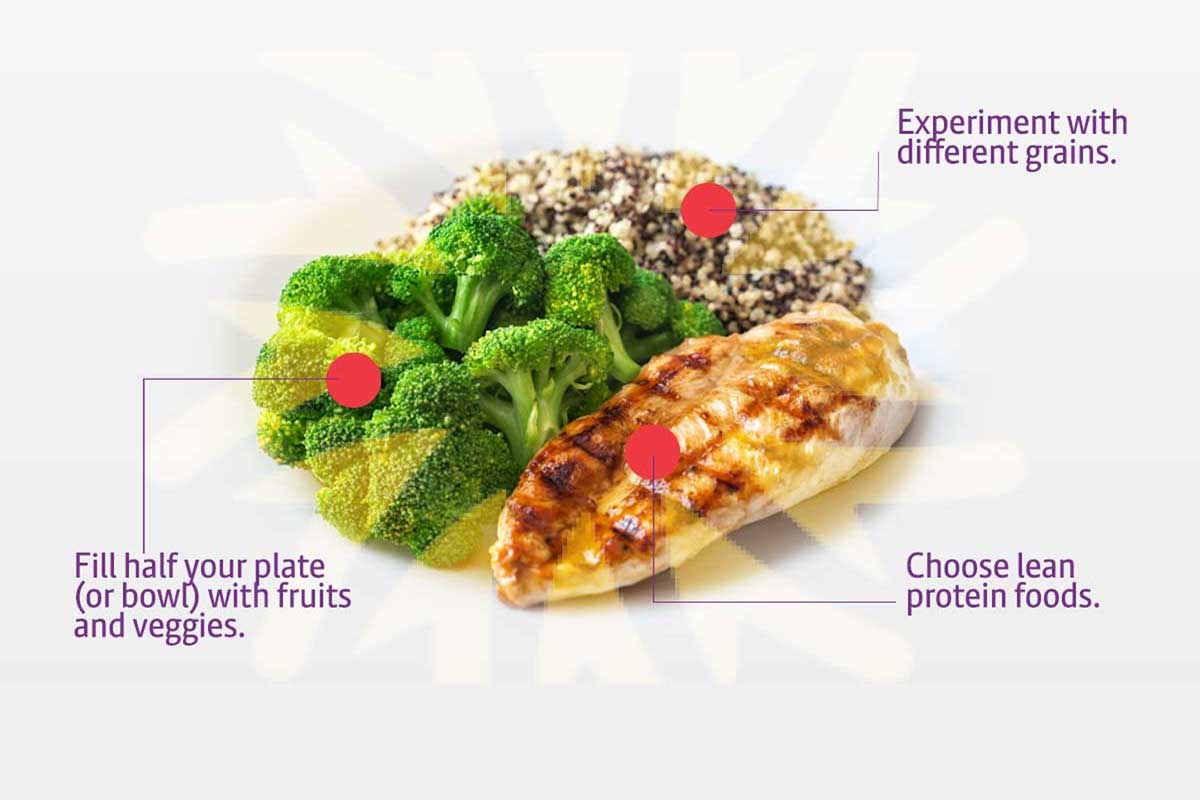To help employees manage the stress of explosive growth, online automotive parts retailer FCP Euro chose WellSpark Health to help build a culture of wellbeing.
Headquartered in Milford, Conn., FCP Euro is an online automotive parts retailer specializing in replacement parts for European vehicles. The company’s online catalog features more than 200,000 unique SKUs of genuine, OE, and OEM parts for European makes including BMW, Volvo Audi, VW, Porsche, and Mercedes. The company is experiencing impressive growth and has landed on the Inc. 5000 fastest growing companies in America list for seven consecutive years. In the past year, FCP Euro has grown from 172 employees to 261 as revenue growth remains strong. Annual revenue surpassed $100 million in 2020 and on track to cross $200 million in late 2022.
This growth, while always welcome, helped drive the company’s decision to make wellbeing a priority and for FCP Euro to choose WellSpark Health to be their wellbeing solutions provider. “The pace often requires our employees to constantly adapt and the internal capacity we have to support the growth can be stressful for employees,” explained FCP Euro’s VP of Human Resources Peter Tingus. “It becomes critical to ensure mental health support and psychological safety are priorities when continuously improving processes and adding talent. That is another reason we wanted a wellness program to be there as a resource.”
Tingus said “What made FCP Euro connect with WellSpark was the ability to create a custom program that was truly focused on aligning to our employees’ individual needs.” FCP Euro’s wellbeing program — Not All Parts Can Be Replaced — is an example of how the WellSpark team, with a consultative account manager, has worked collaboratively with FCP Euro to build something designed specifically for them and their employees. “The Not All Parts Can Be Replaced program has become a way for us to engage with our teammates and build the program together. It taps into our entrepreneurial spirit while ensuring we keep the bespoke-feeling of our culture as we rapidly add talent,” Tingus explained.
FCP Euro is fully committed to making employee wellbeing part of the company’s culture. “We are a caring, purpose-driven culture and we leaned in on that,” Tingus said. “We made the investment and hired a Wellness Manager to drive the program. We invested in someone who is accountable for aligning our efforts and outlining a five-year plan which I’m proud to say we are chipping away at those milestones.”
Tingus is clear that not every wellness program out there would have been so successful with FCP Euro’s employees. “As engaged as our community is, they would let us know if we missed the mark. A big reason we are getting such high participation rates is due to the partnership we found in WellSpark,” Tingus said. “The WellSpark team has met us with equal quality, rigor and ownership. Picking the right partner was key. Everyone WellSpark has brought to the table has been excellent. Brainstorming with the team, the structure around the coaching, the boutique white-glove service from a person who gets to know our culture has been key. Last but not least, the vastness of the library of resources…not all of it is for everyone, but there is something for everything.”
Accessible
From the beginning, it was important to FCP Euro to have a solution that was easy for employees to access. “Speed to solution was very critical to us,” Tingus said. Through Wellspark’s resources, FCP Euro managers have access to tools that can help them intervene when an employee needs help. The company also uses the WellSpark Health Coach Educator as a way to help the employee find the next step. “It was important for us to have a solution that included a human being that our employees could talk to and who could help them navigate through the personal challenges they may be facing,” Tingus explained.
FCP Euro also acknowledges that managing people can be stressful and that each manager is going through their own personal journey. “I think our managers are getting better at taking care of themselves and their people and are now engaging in conversations they were afraid to prior to us investing in this program,” Tingus shared.
Truly a group effort
A joint effort between WellSpark and a wide group of FCP Euro employees resulted in the branding slogan and design for the FCP Euro wellbeing program — Not All Parts Can Be Replaced. What has impressed WellSpark Account Manager Kristen Bell the most in working with FCP Euro is the involvement of the company’s employees from the very beginning. “We had close to 50% of the leaders registered on the platform within the first 60 days. Having the company’s leaders utilizing the WellSpark resources and passing their experiences along to other employees was really important,” Bell said. Now, 72% of FCP Euro’s leadership team is registered on WellSpark’s MySpark Central platform.
FCP Euro Wellness Manager Nicole Batista credits a lot of the success of their wellbeing program thus far to the communication tactics about the program which is something Batista works closely on with FCP Euro employees and Bell. After the strategy is determined, it’s not just Batista talking about wellbeing, the topic of wellbeing is touched on in many settings by employees from all departments and leadership levels. Batista believes FCP Euro has done a good job of making it a shared value as a company which has had an important impact on their company culture and allowed employees to embrace and engage in the program.
The wellbeing programs at FCP Euro such as quarterly wellness challenges have also brought together people from different departments and helped them understand each other’s roles better. “I think getting people to talk with people they don’t usually work with on a regular basis and understanding what other departments’ days look like has had an important impact on our culture,” Batista said.
Genuine interest in helping
Chief Growth and Operations Officer for WellSpark, Andi Campbell, believes an authentic interest in people’s wellbeing throughout all levels of the FCP Euro organization has been an important factor to the program’s success. “It’s not a check the box effort to just say you have a wellness program. It’s a real genuine authentic interest in helping to improve the wellbeing of the people in your organization,” Campbell said. “It’s not a budget-driven decision, it’s a real drive toward improving the wellbeing of your populations.”
Tingus agrees with that 100%. “No one has ever asked what the budget is on the coaching sessions. Behind the scenes I have a coaching budget but if we exceed that we’ll figure it out. I’ll do less of something else and then I’ll budget more next year. We really do care about the people who come in through the door and we’re trying to be good role models and stewards of the program.”










